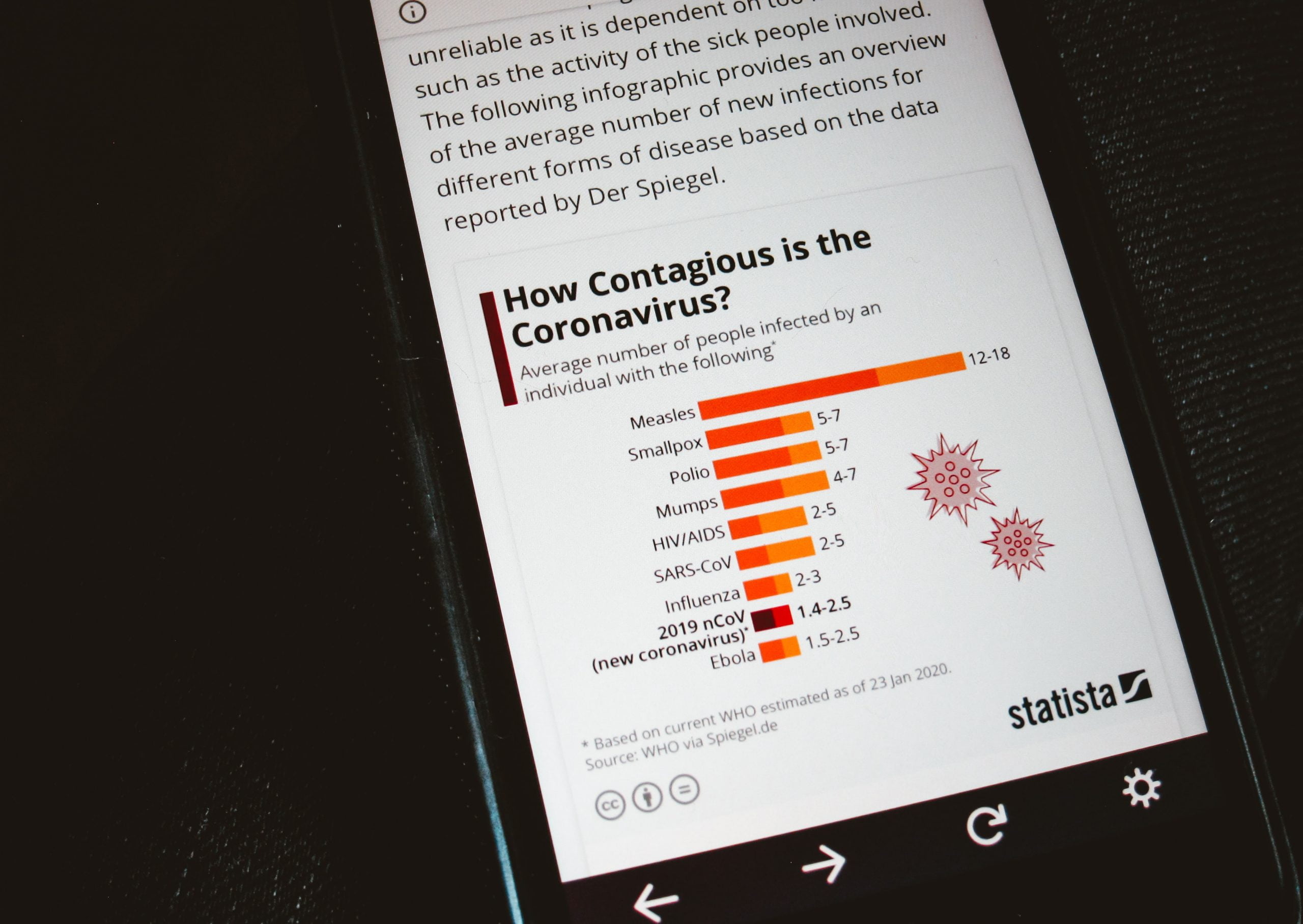
The infected man returned from the Canary Islands. On Monday, the man was suspected of being infected with the monkey goat virus. The disease was confirmed today, but the patient was not hospitalized on Monday at the Infectious Diseases Clinic at the University Medical Center Ljubljana. From this we can conclude that it is a milder form of the disease.
More information on the first confirmed case of monkeypox in Slovenia will be explained today in a press release scheduled for 10.30 am at the National Institute of Public Health.
Symptoms include fever, headache, muscle aches, backache, swollen lymph nodes, chills and exhaustion.
Monkeypox – the virus that is most common in remote parts of Central and West Africa – does not tend to spread easily between people and the illness is usually mild. As we speak our colleagues around the world are responding to outbreaks of Ebola in the Democratic Republic of Congo, monkeypox and hepatitis of unknown cause and complex humanitarian crises in Afghanistan, Ethiopia, Somalia, South Sudan, the Syrian Arab Republic, Ukraine and Yemen.

“We face a formidable convergence of disease, drought, famine and war, fuelled by climate change, inequity and geopolitical rivalry,” the WHO head added. The WHO earlier said that a number of other suspected monkeypox cases were being investigated – without naming the countries involved – and warned that more infections were likely to be confirmed.
After the outbreak was first identified in the UK, the virus began to be detected across Europe – with public health agencies in Spain, Portugal, Germany, Belgium, France, the Netherlands, Italy and Sweden all confirming cases. Further cases were confirmed in Austria and Switzerland on Sunday. The UK Health Security Agency has identified 20 cases so far and its chief medical adviser Dr Susan Hopkins told the BBC’s Sunday Morning programme: “We are detecting more cases on a daily basis.”
She said the virus was now spreading in the community – with cases detected which have had no contact with anyone who has visited West Africa, where the disease is endemic.
But the risk to the general population remains “extremely low”, with cases so far mostly found in some urban areas and among gay or bisexual men, Dr Hopkins said. Although there is no specific vaccine for monkeypox, several countries have said they are stocking smallpox vaccines, which are about 85% effective in preventing infection because the two viruses are quite similar.
Description of the outbreak
As of 21 May, 13:00, 92 laboratory confirmed cases, and 28 suspected cases of monkeypox with investigations ongoing, have been reported to WHO from 12 Member States that are not endemic for monkeypox virus, across three WHO regions (Table 1, Figure 1). No associated deaths have been reported to date.
Table 1. Cases of monkeypox in non-endemic countries reported to WHO between 13 to 21 May 2022 as at 13:00

Figure 1. Geographical distribution of confirmed and suspected cases of monkeypox in non-endemic between 13 to 21 May 2022, as at 13:00.

Reported cases thus far have no established travel links to an endemic area. Based on currently available information, cases have mainly but not exclusively been identified amongst men who have sex with men (MSM) seeking care in primary care and sexual health clinics.
How common is monkeypox?
Monkeypox is caused by the monkeypox virus, a member of the same family of viruses as smallpox, although it is much less severe and experts say chances of infection are low. It occurs mostly in remote parts of central and west African countries, near tropical rainforests. There are two main strains of virus – west African and central African.
Two of the infected patients in the UK travelled from Nigeria, so it is likely that they are suffering from the West African strain, which is generally mild. Another case was a healthcare worker who picked up the virus from one of the patients. More recent cases do not have any known links with each other, or any history of travel. It appears they caught it in the UK from spread in the community.
The UK Health Security Agency says anyone with concerns that they could be infected should see a health professional, but make contact with the clinic or surgery ahead of a visit.
What are the symptoms of monkeypox?
Initial symptoms include fever, headaches, swellings, back pain, aching muscles. Once the fever breaks a rash can develop, often beginning on the face, then spreading to other parts of the body, most commonly the palms of the hands and soles of the feet.
The rash, which can be extremely itchy or painful, changes and goes through different stages before finally forming a scab, which later falls off. The lesions can cause scarring. The infection usually clears up on its own and lasts between 14 and 21 days.
How do you catch monkeypox in Slovenia?
Monkeypox can be spread when someone is in close contact with an infected person. The virus can enter the body through broken skin, the respiratory tract or through the eyes, nose or mouth. It has not previously been described as a sexually transmitted infection, but it can be passed on by direct contact during sex. It can also be spread by contact with infected animals such as monkeys, rats and squirrels, or by virus-contaminated objects, such as bedding and clothing.
How dangerous is monkeypox in Slovenia?
Most cases of the virus are mild, sometimes resembling chickenpox, and clear up on their own within a few weeks. Monkeypox can sometimes be more severe, however, and has been reported to have caused deaths in west Africa.
Are gay men at greater risk of monkeypox?
Although some of the cases have been seen in gay and bisexual men, anyone who comes into close contact with someone who has monkeypox could potentially get the virus. The UK Health Security Agency has said “a notable proportion” of the recent cases in the UK and Europe have been found in gay and bisexual men “so we are particularly encouraging them to be alert to the symptoms and seek help if concerned”.
How common are outbreaks?
The virus was first identified in a captive monkey and since 1970 there have been sporadic outbreaks reported across 10 African countries. In 2003 there was an outbreak in the US, the first time it had been seen outside Africa. Patients caught the disease from close contact with prairie dogs that had been infected by small mammals imported into the country. A total of 81 cases were reported, but none resulted in deaths. In 2017, Nigeria experienced the largest known outbreak. There were 172 suspected cases and 75% of victims were men between 21 and 40 years old.
What is the treatment?
Outbreaks can be controlled by infection prevention. Vaccination against smallpox has been proven to be 85% effective in preventing monkeypox. The UK has bought doses of the smallpox vaccine, but it is not clear how many jabs might be given. Antiviral drugs may also help.
Should the public be concerned?
Experts say we are not on the brink of a national outbreak and, according to the UK Health Security Agency (UKHSA), the risk is low. Prof Jonathan Ball, professor of molecular virology, University of Nottingham, said: “The fact that only one of the 50 contacts of the initial monkeypox-infected patient has been infected shows how poorly infectious the virus is. “It is wrong to think that we are on the brink of a nationwide outbreak.” UKHSA is following up those who have had close contact with patients to offer advice and to monitor them.
Sources: UKHSA and World Health Organization.


Source: Orange Wine Festival & Wine Folly














